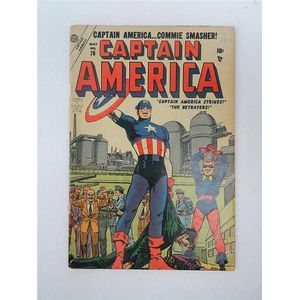Victorian Beadwork Occasional Tables
You must be a subscriber, and be logged in to view price and dealer details.
Subscribe Now to view actual auction price for this item
When you subscribe, you have the option of setting the currency in which to display prices to $Au, $US, $NZ or Stg.
- Cabriole Leg - The cabriole leg evolved from an elongated scroll, curving out at the knee which may or may not be carved, and forming a serpentine shape as it descends to the foot.
First introduced into English furniture in the late 17th century, cabriole legs were widely used during the Queen Anne and early Georgian periods, where they frequently terminated in a pad foot or ball and claw foot. The style has had many imitators since then. The cabriole leg was re-introduced in the mid-19th century, and is commonly associated with the balloon-back dining or drawing-room chairs made in walnut, mahogany or, in Australia, cedar. The Victorian cabriole leg, on the whole, was rather more slender than the earlier form, following the French style, which emphasized the delicacy and daintiness of the chairs they were designed to support. Cabriole legs are sometimes found on windsor chairs, especially those made during the 18th century. - Victorian Period - The Victorian period of furniture and decorative arts design covers the reign of Queen Victoria from 1837 to 1901. There was not one dominant style of furniture in the Victorian period. Designers used and modified many historical styles such as Gothic, Tudor, Elizabethan, English Rococo, Neoclassical and others, although use of some styles, such as English Rococo and Gothic tended to dominate the furniture manufacture of the period.
The Victorian period was preceded by the Regency and William IV periods, and followed by the Edwardian period, named for Edward VII (1841 ? 1910) who was King of the United Kingdom and the British Dominions and Emperor of India for the brief period from 1901 until his death in 1910.
Visually similar items

A glazed Australian cedar display case and a small Australian specimen wood display case, 19th century, the cedar case of rectangular form with glass panels, the specimen wood case inlaid with fiddleback blackwood, Huon pine and possibly musk wood, the ced

A Labradorite, rock crystal and agate necklace, comprising three large polished lozenge form grey banded agate beads, offset with forty round polished labradorite beads and eight faceted rock crystal rondels. 18 carat white gold satin finish large hook sty

A very decorative floral and bird painted four-panel screen, Italian or French 18th/19th century, 182 cm high, 40 cm wide (each panel)

Comic, Captain America Comics #76 - the Betrayers released by Timely on May 1, 1954
